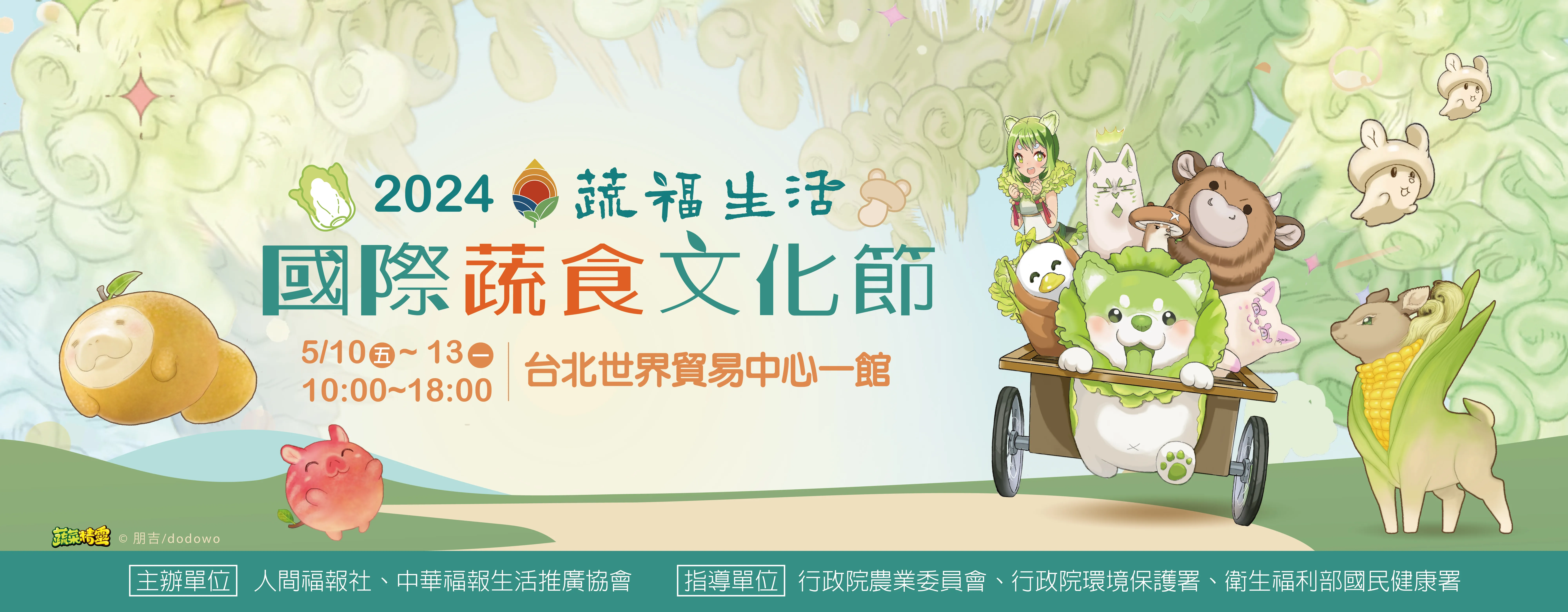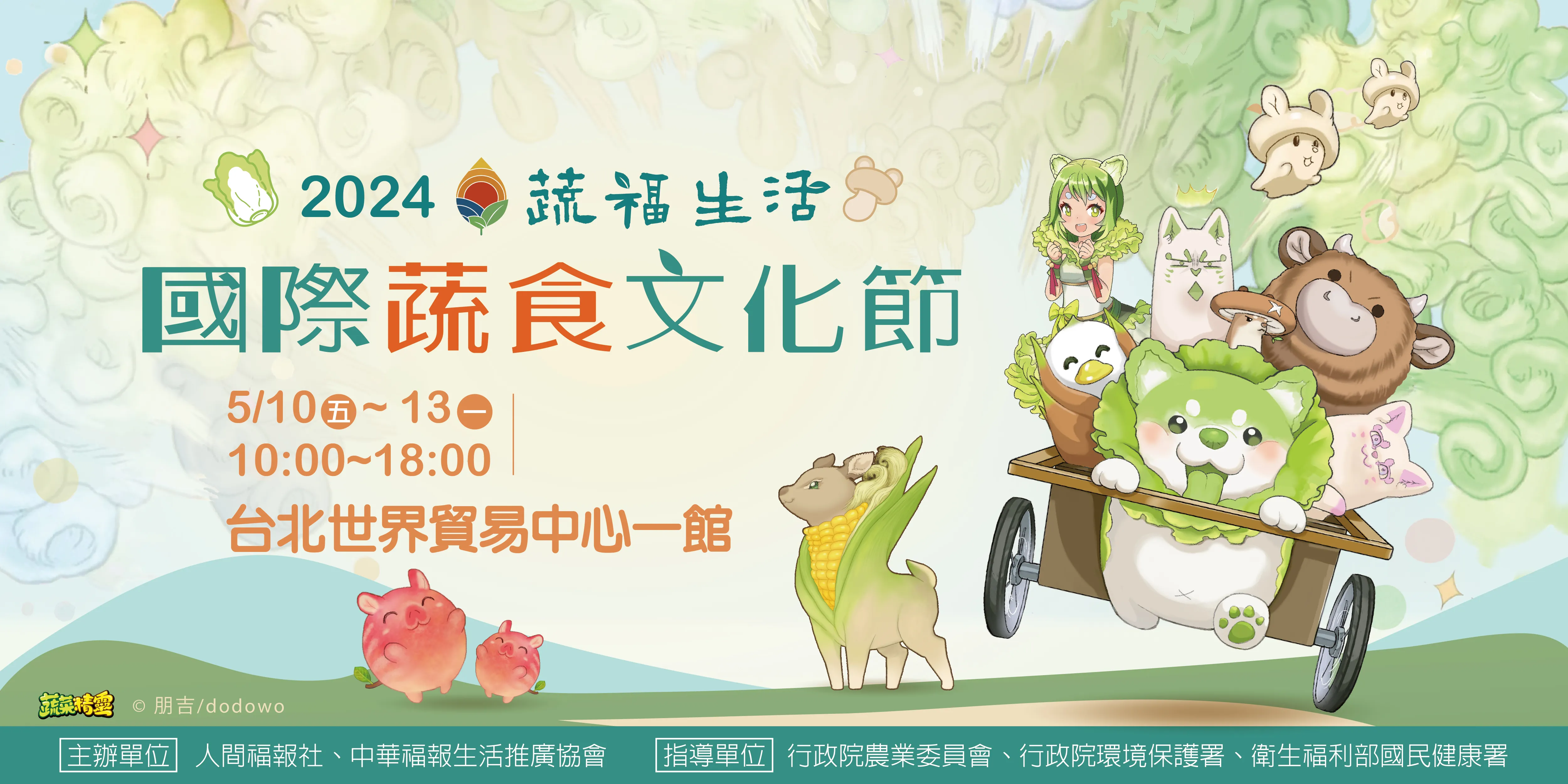


| 時代: | 西元1943年 |
| 出土地點: | 傳世品 |
| 尺寸: | 長度:167 cm 寬度:90 cm (未含外框) |
| 質地: | 水墨工筆國畫 |
| 數量: | 1 |
此幅是張大千四十四歲之作品,張大千先生以當時所用的筆觸,畫大威德佛,工筆筆觸細膩、簡潔有力且色彩飽滿,配色鮮豔。此幅中大威德佛頭部後有火焰背光,眼瞼低垂、朱唇,右手掌心向上托金剛杵、左手掌心向上持金剛鈴,身前為大威德佛母(起屍母),佛母左手持盈血的嘎巴拉,右手繞於大威德佛頸後,大威德佛和佛母皆上身袒露,相對盤腿坐於蓮花座上。
This piece was created when Zhang Daqian was 44 years old. In this work, Zhang Daqian employed the brushwork techniques of his time to depict the Great Wrathful Buddha. The fine brushstrokes are delicate, concise, and powerful, with rich and vibrant colors. In this portrayal, the Great Wrathful Buddha has flames as a backlight behind his head, with lowered eyelids and vermilion lips. His right hand faces upward, holding the Vajra pestle, while his left hand faces upward, holding the Vajra bell. In front of him stands the Great Wrathful Buddha's consort (Vajra Yogini), holding a skull cup of life essence in her left hand and extending her right hand around the Great Wrathful Buddha's neck. Both the Great Wrathful Buddha and his consort are depicted with their upper bodies exposed, seated in a cross-legged position on a lotus pedestal.
此幅手指動作繪製細膩逼真,手掌肥厚,是張大千先生繪工筆人物時之慣性,細觀之張大千先生筆鋒力道十足、沒有猶豫,且無鉛筆勾勒打草稿之痕跡,繪製十分細膩、栩栩如生,筆觸的中鋒與側鋒力道十足,不斷勢也不斷氣,圖畫內勾勒髮絲、背光火焰、衣著和彩帶等部分之筆觸簡潔,筆刀十足,尤其彩帶部分繪製細膩、生動,充分展現大千先生的高深功力,以上皆是張大千先生壯年時期標準畫風。
The intricate movements of their fingers are rendered with remarkable detail, showcasing Zhang Daqian's characteristic approach to figure painting. Upon closer examination, Zhang Daqian's brushwork is confident and assertive, devoid of hesitation or the traces of preliminary pencil sketching. The rendering is intricate and lifelike, with the brushstrokes exhibiting both central and side force, maintaining continuous momentum and vitality. The depiction of hair strands, backlight flames, attire, and ribbons is succinct yet vivid, with precise brushwork, especially in the rendering of the ribbons, fully showcasing Zhang Daqian's profound skill. All of these aspects adhere to Zhang Daqian's standard style during his prime years.
紙張是大千先生慣用的熟宣紙,本身無做舊之痕跡,但經過重新洗、裱褙,重新整理之功力佳,不過礦物彩局部仍有些微老化痕跡,紙張少部分也有些微黴斑。
The paper used is Zhang Daqian's familiar "Xuan paper." Although not artificially aged, it has been cleaned and properly mounted by skilled conservators from the Sichuan region. However, signs of aging are still present in some parts of the mineral colors, and the paper has minor traces of mildew.
此幅畫作邊上有大千先生題字「癸未春日蜀郡清信士張大千敬造於古壩甘肅」,大千先生寫書法時慣常沾墨即寫,不會在硯台上甩墨,因此書法字會有墨色深淺、大小不同,此幅畫作題字的起承轉合即符合大千先生寫書法的慣性和筆觸,簽名落款也是大千先生標準壯年時期的正確簽名款之一。甘肅省古壩村是蘭州市附近的村莊,1941年3月至1943年9月左右期間,張大千先生皆於甘肅省臨摹石窟壁畫,此幅落款的時間和地點即符合大千先生當時的行程。
At the edge of the artwork, Zhang Daqian inscribed the characters: "Made with respect by the sincere scholar Zhang Daqian of Shu County, Guwei Village, Gansu Province, in the spring of the year Guiwei." When Zhang Daqian engaged in calligraphy, he typically dipped his brush directly in ink and wrote, without flicking ink on the inkstone. As a result, the calligraphy characters can vary in ink intensity, size, and style. The inscription on this artwork matches Zhang Daqian's habitual calligraphy style, where the brushwork and tone fluctuations are consistent. The signature and seal are both standard from his prime years, in line with his emulated Dunhuang cave mural inscription style. Ganlu Ancient Dam Village is located near Lanzhou City, and from around March 1941 to September 1943, Zhang Daqian engaged in the replication of cave mural paintings in Gansu Province. The timing and location of the inscription on this painting align with Zhang Daqian's activities during that period.
印泥為標準礦物朱砂成分,是大千先生愛用之老朱砂印泥之一,其印章款為符合標準張大千壯年時期常用印章款。
The seal paste used is composed of standard mineral cinnabar, one of Zhang Daqian's preferred red seal paste formulas. The seals correspond to the seals he commonly used during this period.


